Events & News /
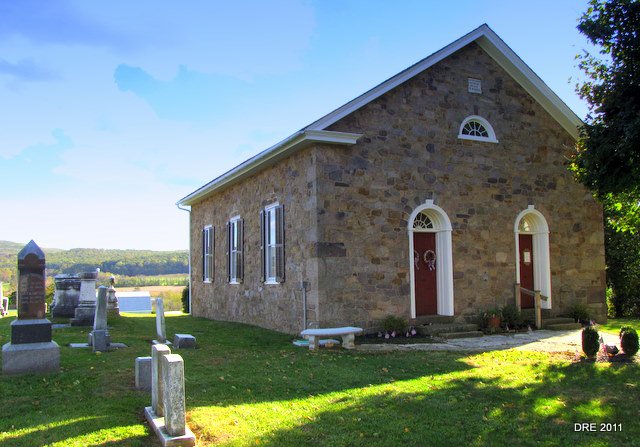
Hidden Treasures: Caernarvon Historical Society building
The Caernarvon Historical Society building was built as a Presbyterian church in 1843 and used for that purpose for a short time, Other groups used the building after that, but it eventually fell into disrepair. The building was restored by the Caernarvon Historical Society in 1976. The structure we see today contains most of the…
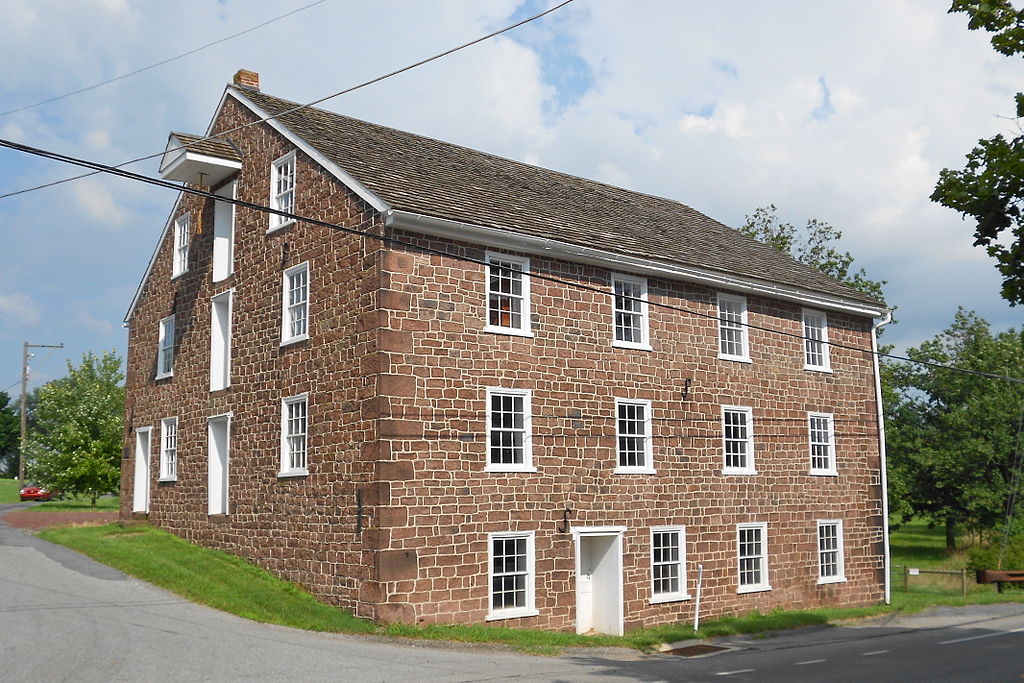
Hidden Treasures: Bowmansville Roller Mill
In the 1700 and 1800s, Lancaster County was an important milling center due to the availability of water power along our many streams. The first, and most active mills, were located along main roads. Actually, some of the first roads in the county were constructed to provide easy access to mills. The Bowmansville Roller Mill…
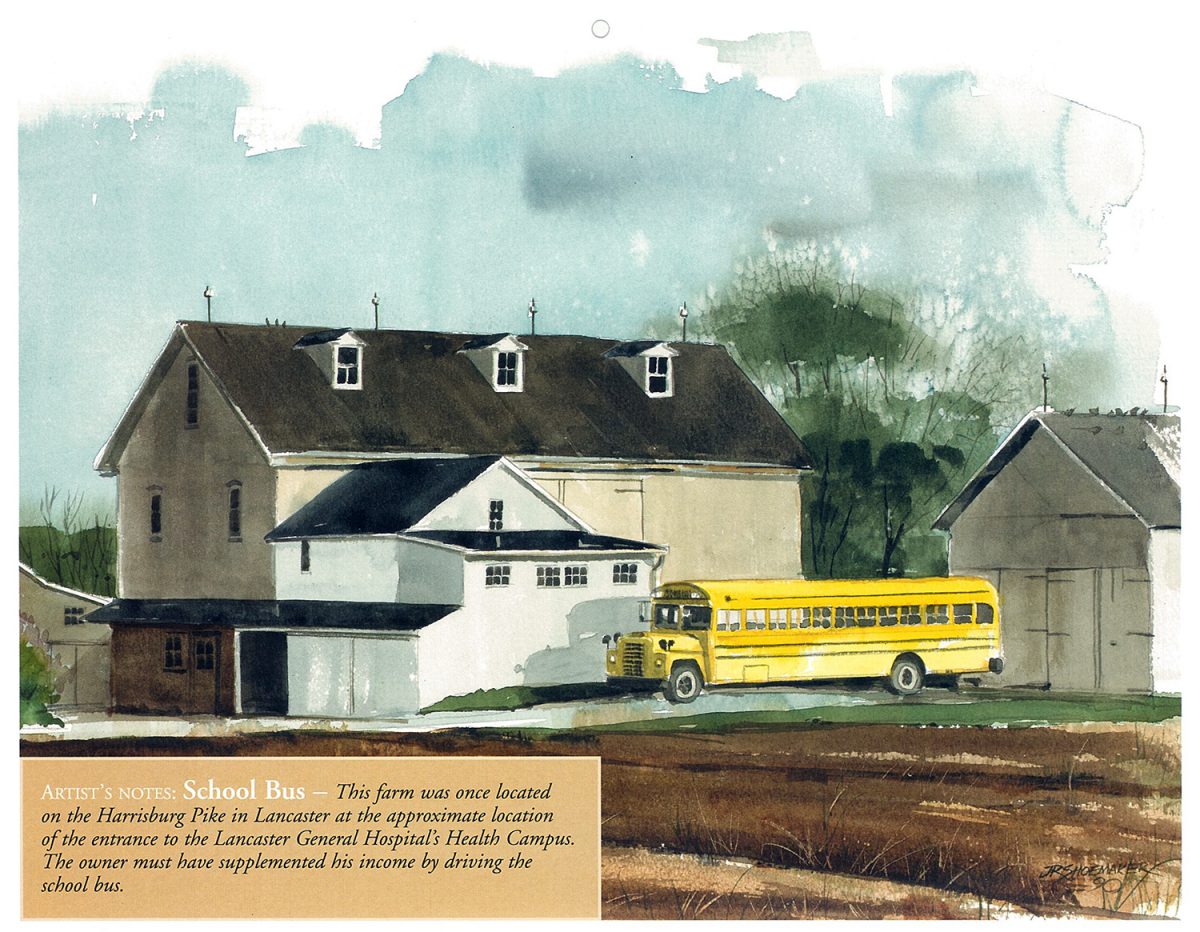
Gone, But Not Forgotten: Harrisburg Pike Farm
Gone, But Not Forgotten: Harrisburg Pike Farm In 2008, the Historic Preservation Trust of Lancaster County created a calendar series entitled “Gone, but not Forgotten” as a reminder of some things that aren’t here anymore. The Harrisburg Pike Farm was the featured image for October of that year and painted by J. Richard Shoemaker. Artist’s…
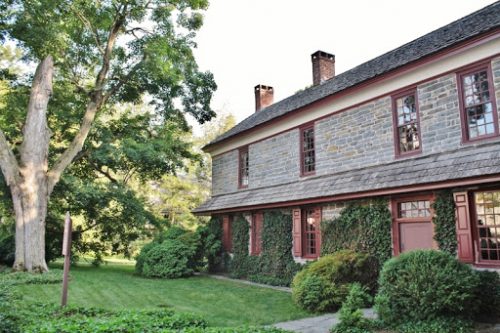
History of Columbia: 1738 Wright’s Ferry Mansion
38 South 2nd Street 1738 Wright’s Ferry Mansion, initially owned by the English Quaker, Susanna Wright, was built in 1738 on the 100-acre tract of land that she had purchased in 1726 when the area was isolated wilderness and still part of Chester County. It would be another three years before Lancaster County was formed.…
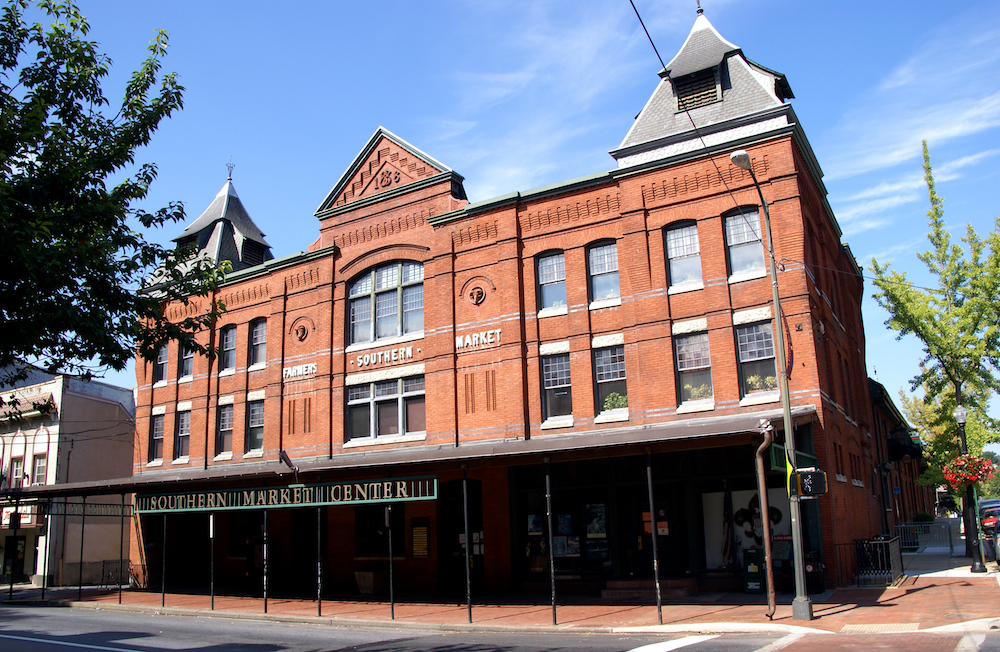
Lancaster Architecture 1719-1927: Queen Anne
Because Lancaster was founded nearly 300 years ago, it is often called a colonial town. However, less than ten percent of the city’s buildings that existed in 1800 now survive. Today, in both city and county, the overall visual character is one of contrast, with the numerous eclectic styles from the long Victorian period, lasting…
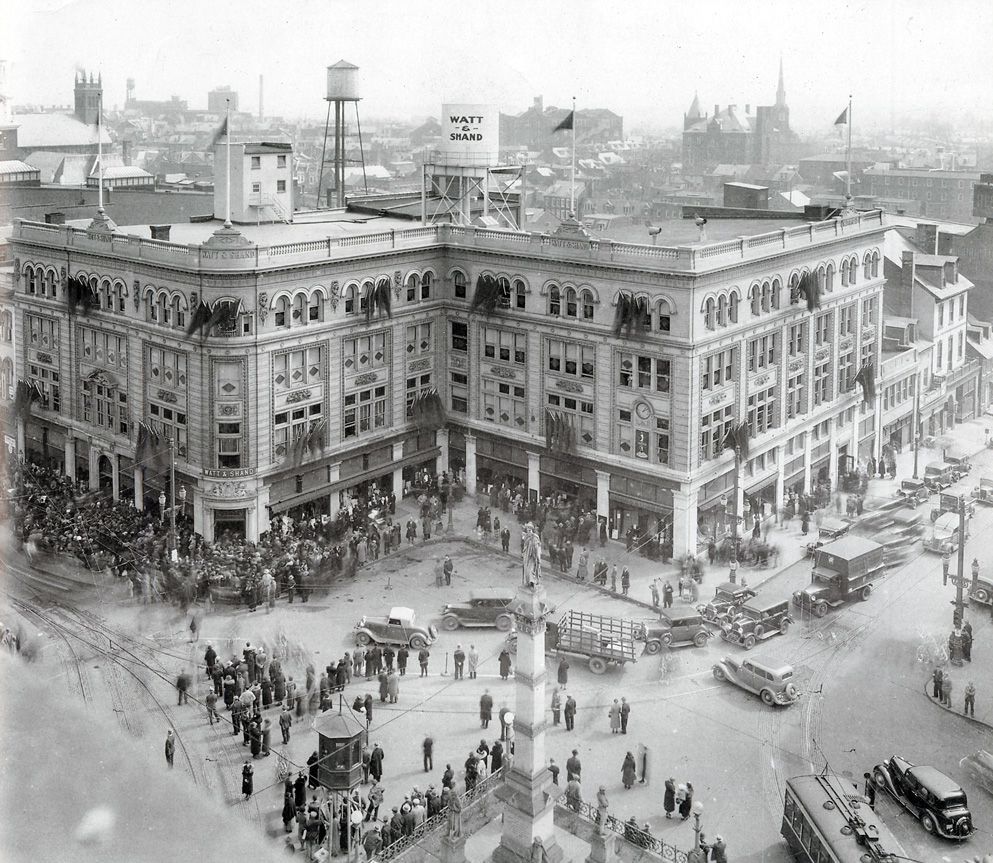
C. Emlen Urban: Watt & Shand Department Store Building at Penn Square
For more than 45 years, the prolific C. Emlen Urban created many of the historic landmarks that are fundamental to the beloved character of Lancaster City. In this post, we will examine Urban’s 1898 Watt & Shand Department Store Building. Located in the southeast corner of Penn Square, the facade of the former Watt &…
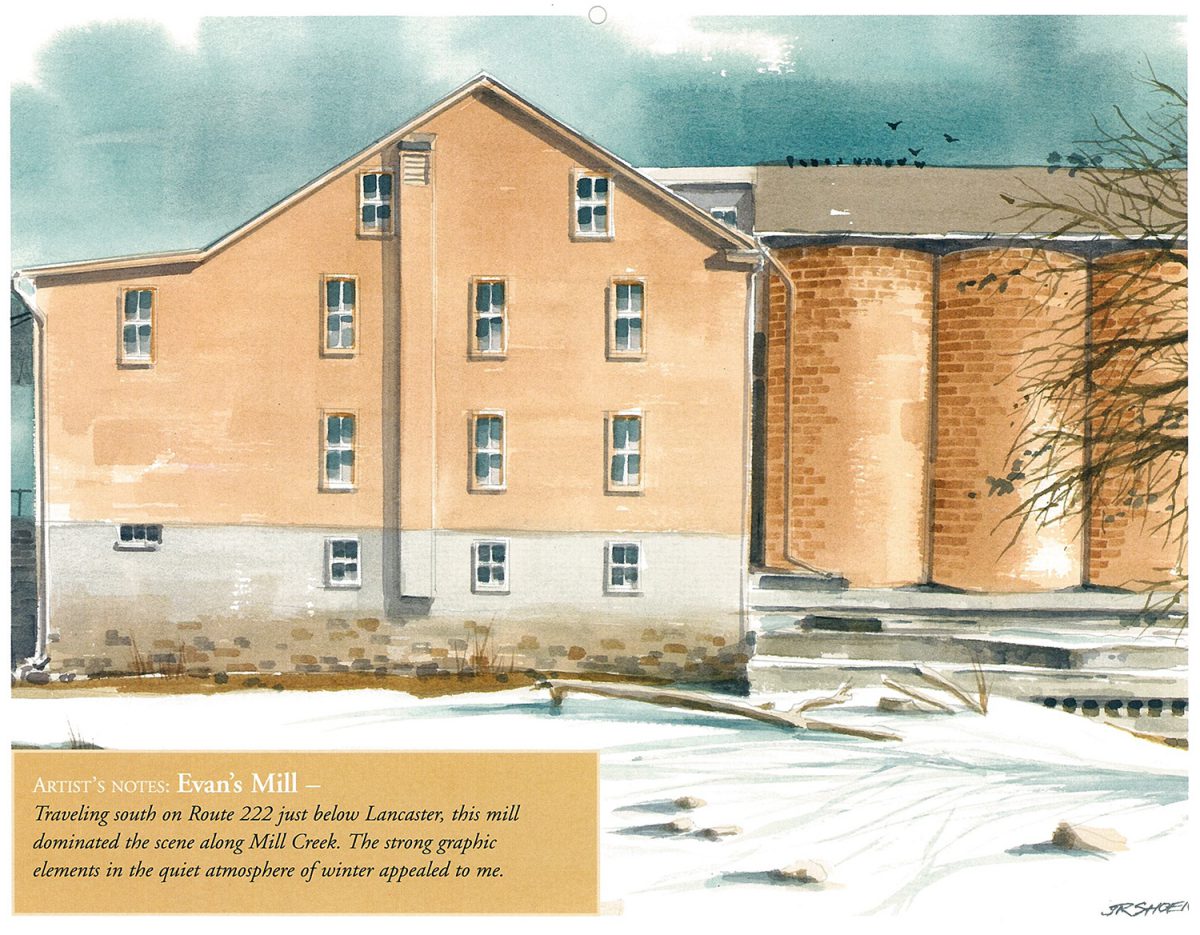
Gone, But Not Forgotten: Evan’s Mill
Gone, But Not Forgotten: Evan’s Mill In 2008, the Historic Preservation Trust of Lancaster County created a calendar series entitled “Gone, but not Forgotten” as a reminder of some things that aren’t here anymore. The Evan’s Mill was the featured image for September of that year and painted by J. Richard Shoemaker. Artist’s Notes Traveling…
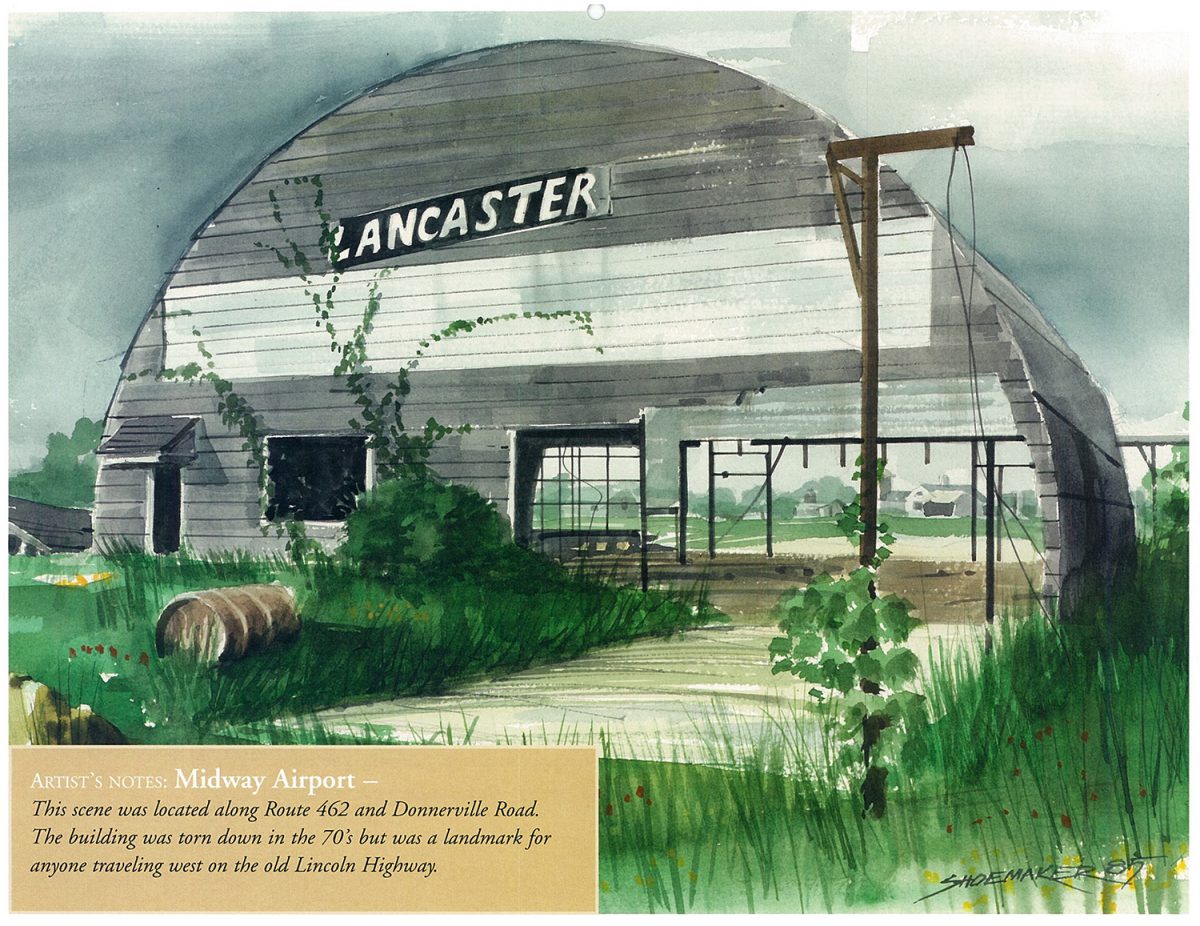
Gone, But Not Forgotten: Midway Airport
Gone, But Not Forgotten: Midway Airport In 2008, the Historic Preservation Trust of Lancaster County created a calendar series entitled “Gone, but not Forgotten” as a reminder of some things that aren’t here anymore. The Midway Airport was the featured image for January of that year and painted by J. Richard Shoemaker. Artist’s Notes This…
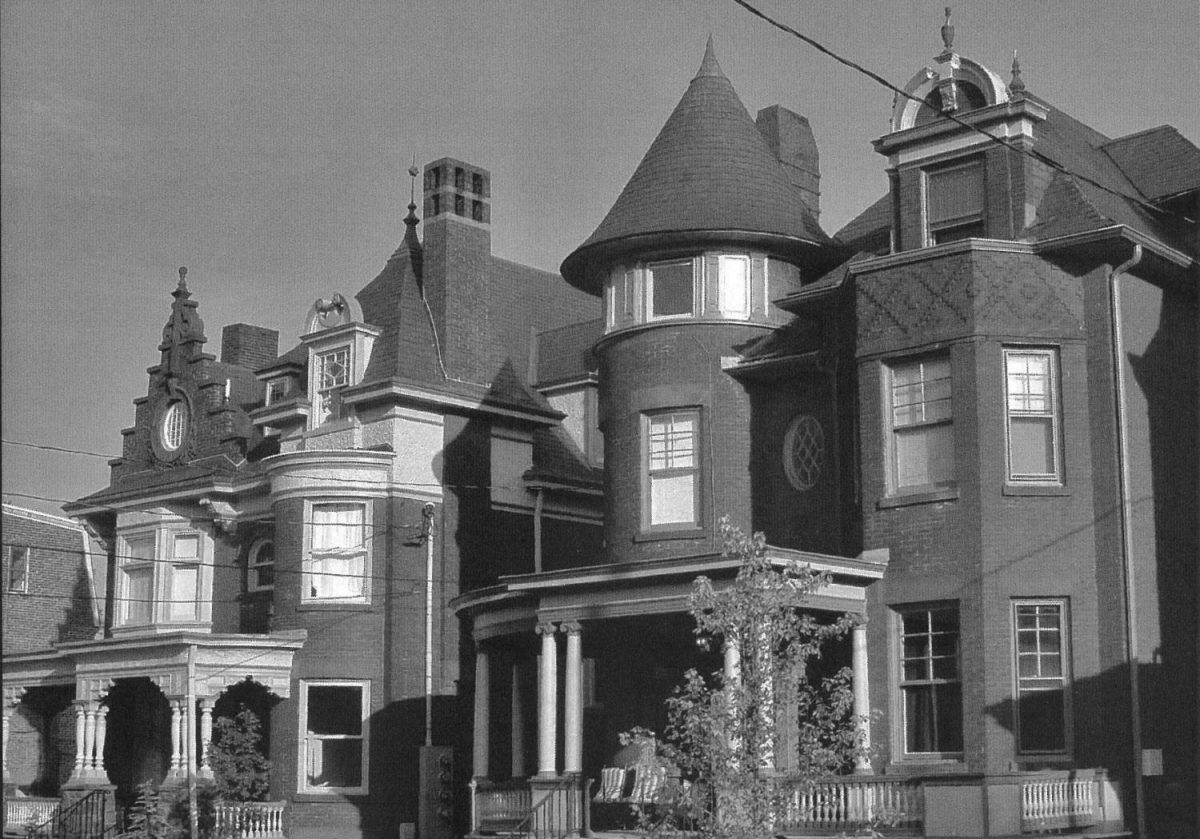
C. Emlen Urban: West Chestnut Street Mansions
For more than 45 years, the prolific C. Emlen Urban created many of the historic landmarks that are fundamental to the beloved character of Lancaster City. In this post, we will examine Urban’s pair of mansions on West Chestnut Street at 624 and 632. 624 & 632 West Chestnut Street This pair of homes built…
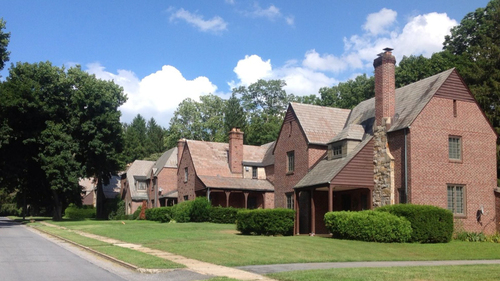
Conestoga Township: The Historic Village at Safe Harbor
Safe Harbor Village Drive Conestoga, PA 1929-1932 In 1846, Reeves Abbott & Company from Philadelphia selected the Safe Harbor area to build the Safe Harbor Iron Works. The location for the industry was ideal with the downriver navigation and canals on both the Susquehanna and Conestoga Rivers. Construction of the Historic Safe Harbor Village and…





